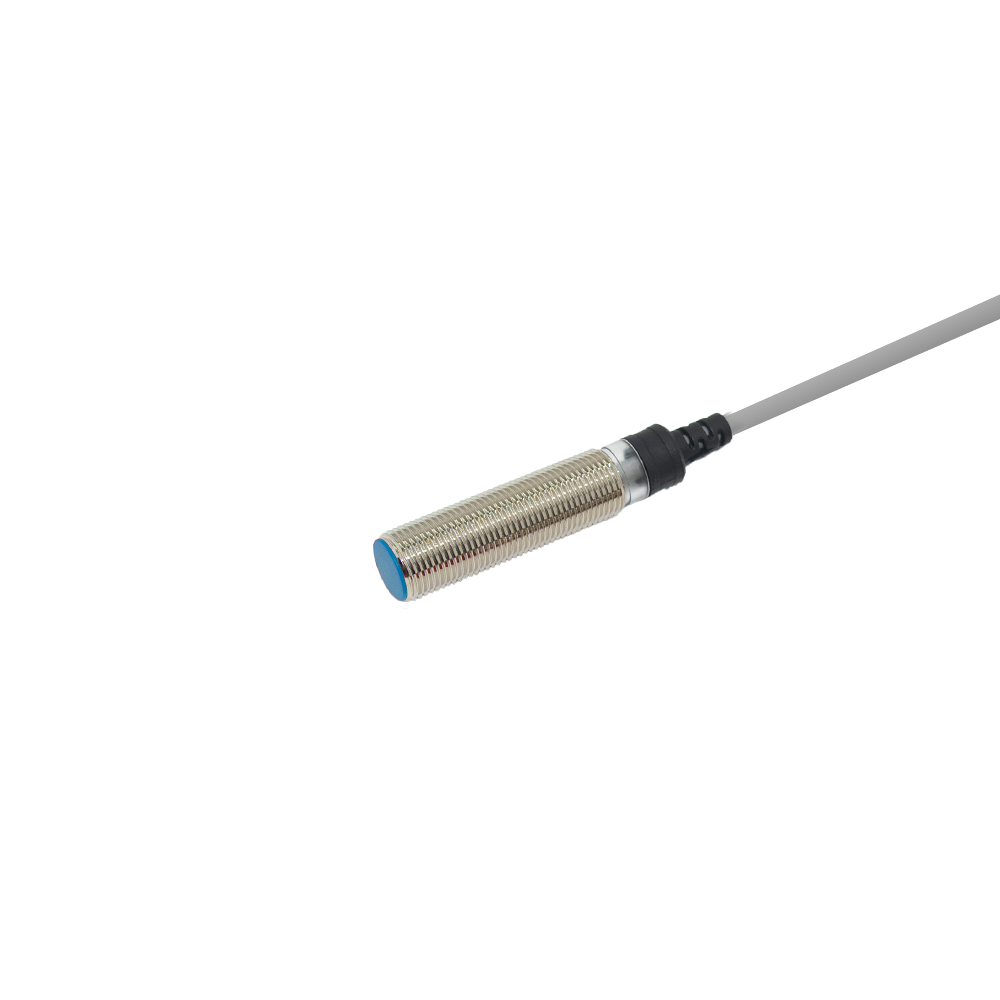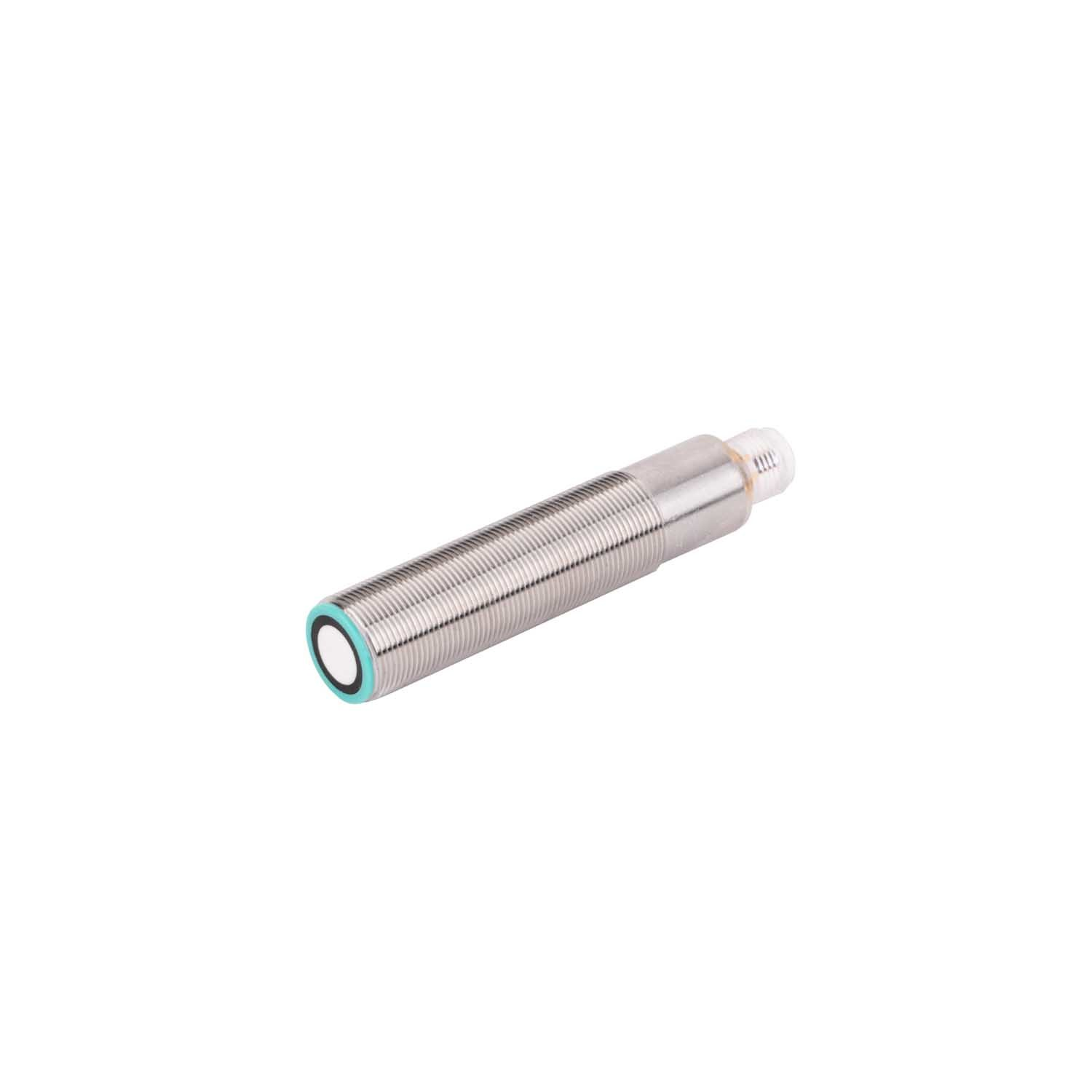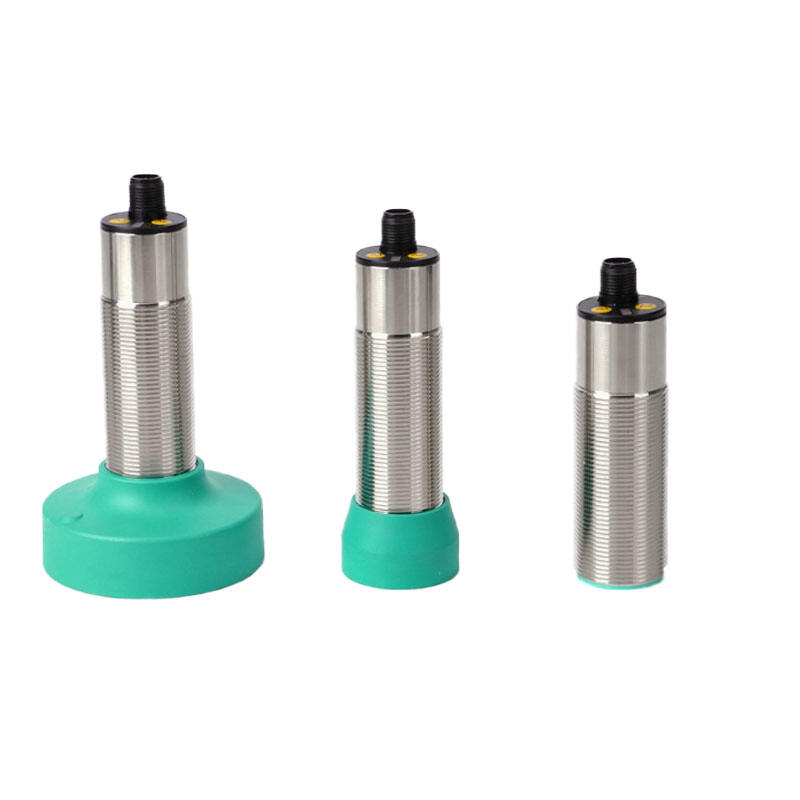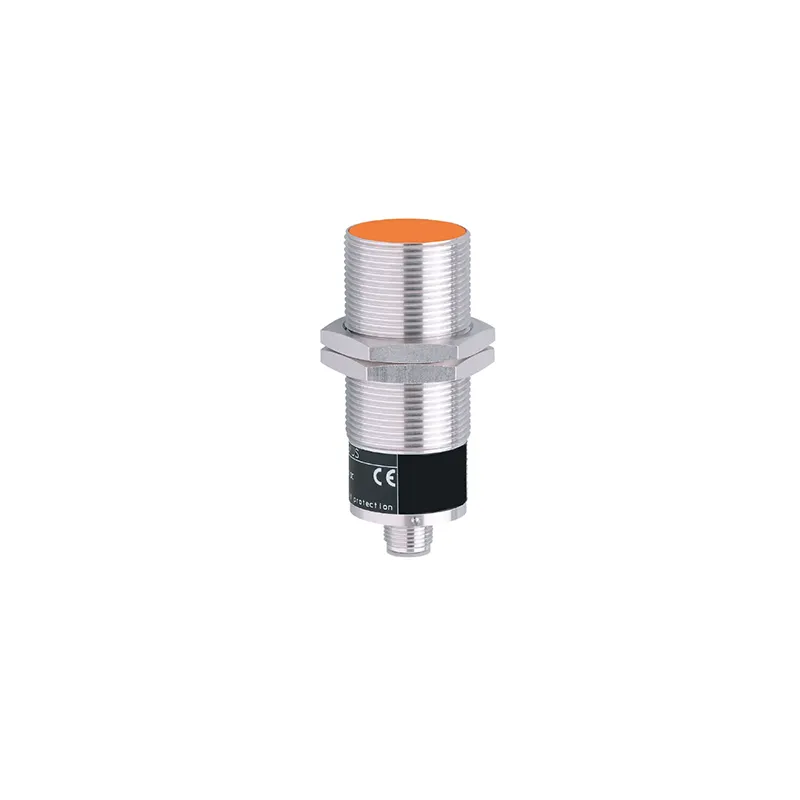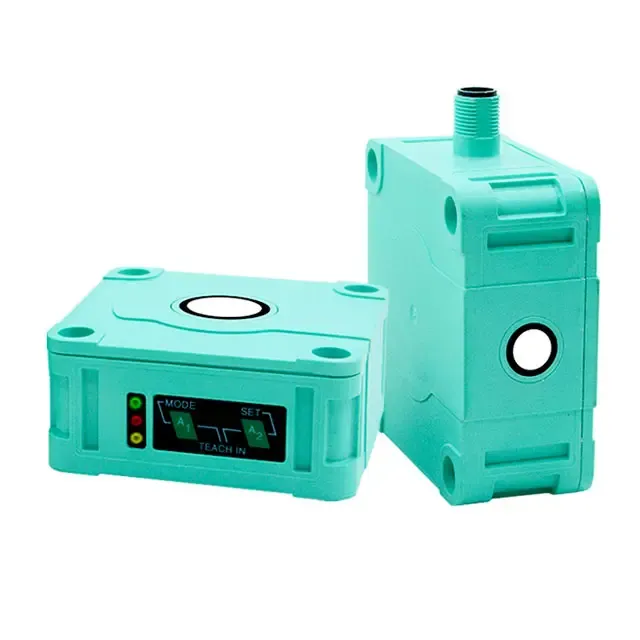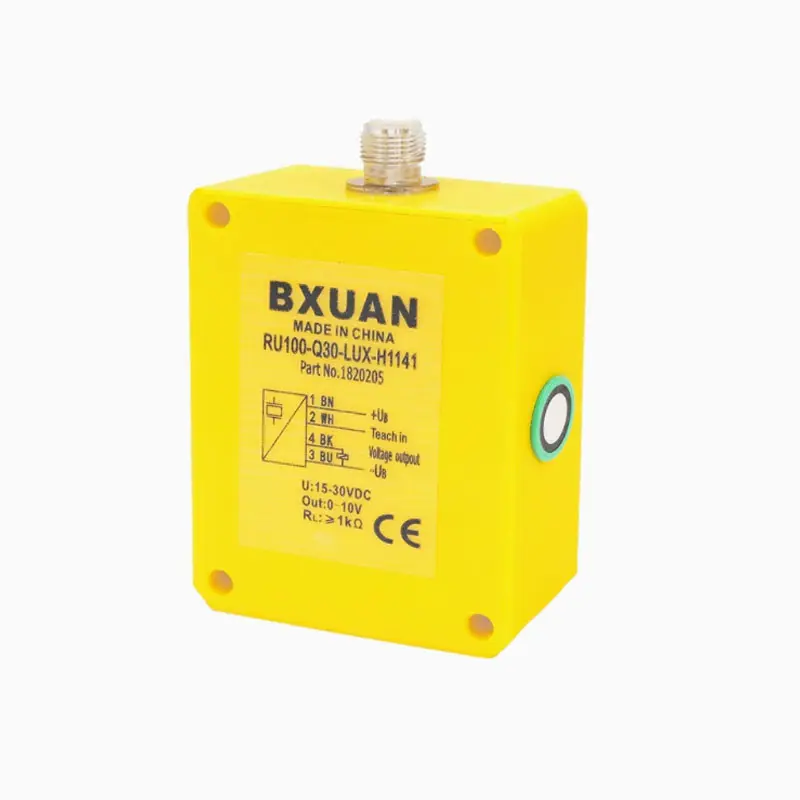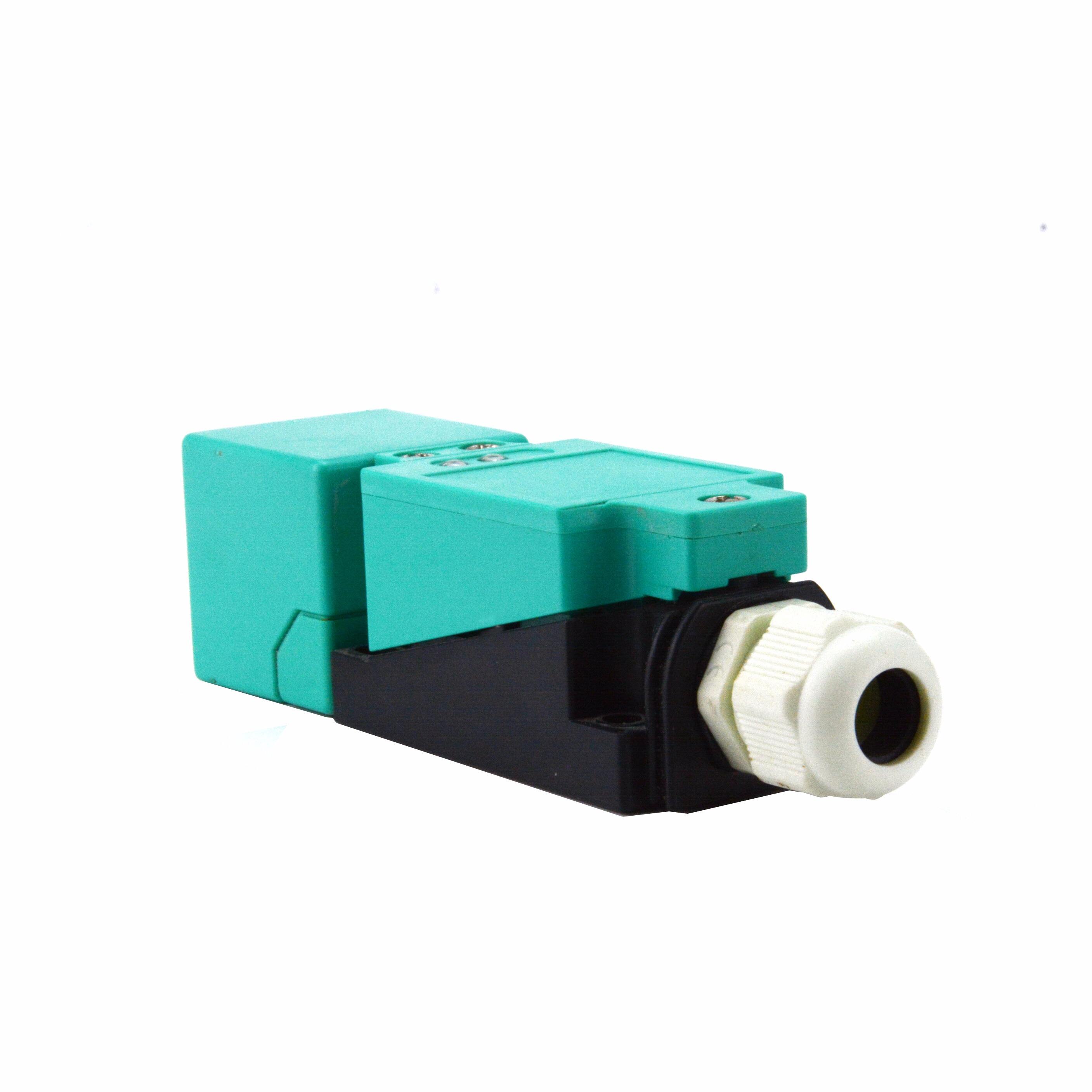optical feedback sensor
An optical feedback sensor is a sophisticated device that combines optical sensing technology with real-time feedback mechanisms to provide precise measurements and control in various applications. This advanced sensor utilizes light-based detection methods to monitor and measure physical parameters, converting optical signals into electrical outputs for accurate data interpretation. The sensor consists of an emitter that projects light, a detector that receives reflected or transmitted light, and integrated processing circuits that analyze the signals. The technology employs various principles including photoelectric effects, light scattering, and interference patterns to achieve high-precision measurements. In industrial applications, optical feedback sensors play crucial roles in quality control, position monitoring, and process automation. They excel in environments where traditional sensors may fail, offering non-contact measurement capabilities and immunity to electromagnetic interference. These sensors are particularly valuable in manufacturing, robotics, and precision instrumentation, where they provide essential data for maintaining process accuracy and product quality. The system's ability to deliver real-time feedback enables immediate adjustments and corrections, making it an indispensable tool in modern automation systems.

